[ page 2 ]
MB-326 in 1/72 scale: : kit review & modelling report of the ITALERI kit
... continued from page 1....
Italeri issued a kit #1308 of the two seat version MB-326:
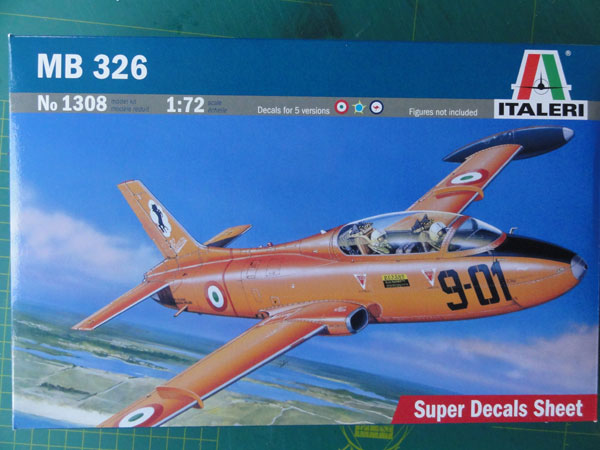

On the sprues no part numbers are engraved, so use the instruction drawing. The main wheel and gear as one part is a bit basic.
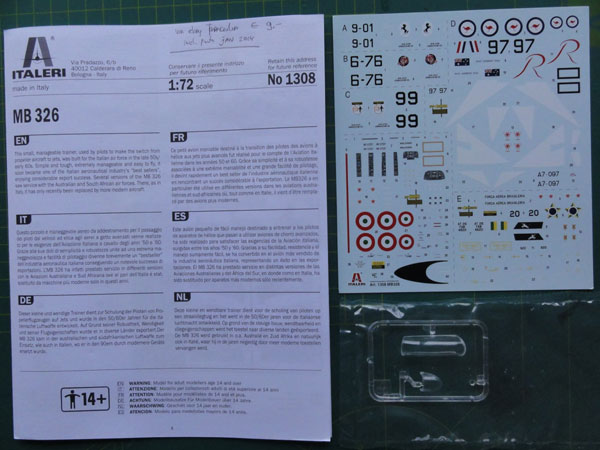
This Italeri 1/72 model was made straight out of the box as the kit is basic but very fine with nice panel lines.
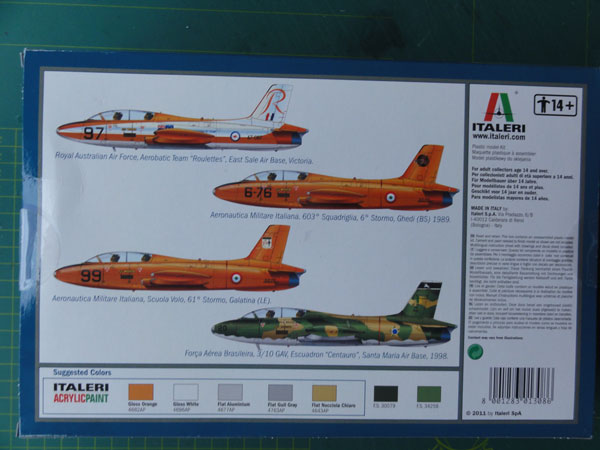
.... all in an overall scheme of FS12197:
(1) Italian for Stormo 9, 609 Squariglia at Grazzanise 1990;
(2) Italian for Stormo 6, 603 Squariglia in 1989 at Ghedi;
(3) Italia Suolo Volo, Stormo 61 at Galatine.
and...
(4) camouflaged Brasil: Forca Aerea Brasileira, 3/10 GAV Escuadron Cetauro, at Santa Maria 1998
(5) RAAF , Australian demonstration aerobatic team "the Roulettes", in a very nice scheme and this will be made in this kit.

In the cockpit from bits and pieces I added some more detail. Its interior was painted light grey with kit decals for the instruments and consoles. I wanted to replace the kit seats with a PAVLA #S72070 resin seats, but the tub is too narrow! I cut off the upper sections from the resin seats and from the kit seats the lower sections. These were merged and installed.
The gun fairings are separate parts but not needed for the Roulette aircraft. Do not forget the nose weight to prevent tail sitting! The lower airbrake was set closed. It needed some putty and sanding to close the gap.

Also, the stabilizers needed some white glue to close tiny gaps. The parts not yet installed are the smaller bits. Part #4A with the antenna on the nose seems not to be required nor the antennas on the tail (#7A). The lower belly wire antennas #19B were not installed yet. (The intakes look good, but I will add "covers" later on). The tip tanks were also not yet set in place.
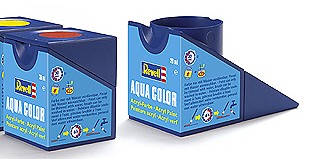
When assembled, as usual a grey base coat was applied using Revell Aqua acrylic grey with the airbrush. Any smaller errors were corrected with putty and sanding.
Acrylic colours were to be airbrushed. I saw that at least 2 schemes were
used on Australian Roulettes aircraft: the earlier straight
pattern on the wing and later a triangled scheme which was picked.
TAMIYA masking tape with used all the time. And it requires a lot of masking to get straight and curved demarcations! Take your time here, it is worth the effort!
- white areas FS17875 with Gunze Sangyo H1 ;
- aluminium with Revell aqua 99 ;
- gloss orange FS12197 using approx. Gunze Sangyo H14 ;
- mat black.

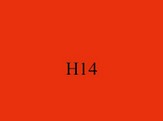
The tip tanks also have black inner surfaces, these were airbrushed, and is easier as they were not yet installed. I hand painted the leading edges of wing, tail and stabilizers. The wing fences were also hand painted black at their insides.
When dried, the model got its decals from the kit. I found that the RAAF roundel decals "white" is a bit translucent. I was lucky to have 2 decalsheets, so the roundels were "doubled", solving this problem.After decalling, the model got its remaining bits like landing gears etc. The tip tanks were set in place.
The 2 small pitot tubes next to the windscreen are in the kit but this is not indicated in the instructions. The anti-collision lights were tipped with blue and red at tip tanks and spine. A drop of Micro Kristal Kleer suggested the lights. The two lower belly antennas #19B were replaced with finer thinner ones from thin sprue and painted. The nose tip was painted aluminium.
The windscreen was fixed with white glue used to close the tiny gaps. When dried, the white glue edges were painted orange with a very fine paint brush.
The canopy was set open. I saw that there is a lower strengthening frame amidst the canopy, this is part #21A. Sometimes also a sort of thin frame is seen running in a bow inside the glass canopy, but not always. In addition 3 mirrors made from a piece of aluminium foil were added on the inside edge and some handles inside the canopy.
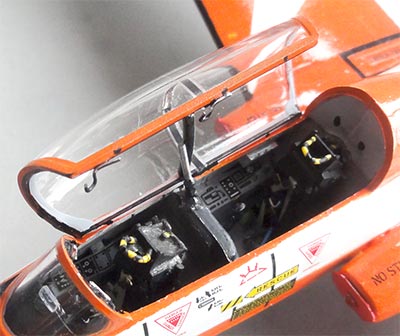
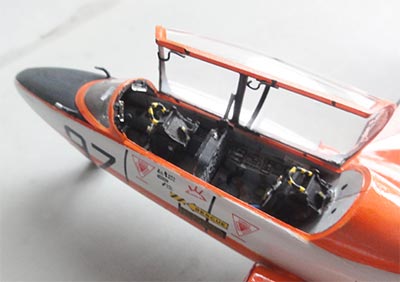
I also decided to add "covers" on the intake made from thin card painted red.
Only some very slight "wash" was added as these Roulette aircraft were kept in shiny splendid condition. So only a bit Promodeller black wash fluid at the edges of ailerons, rudder and the grills on the upper fuselage.
Finally, the model got a gloss protecting coat of varnish, using a mix of Johnson Future/ Pledge.
That completed this very nice and shiny "The Roulettes" MB-326 of the RAAF.
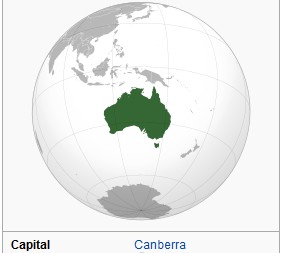


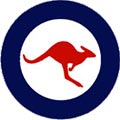

[ area: 7,700,000 km2 | population: 25,8 million | capital: Canberra | GDP USD 50,000 per capita nominal ]
In the British Commonwealth in Australia the Australian Flying Corps (AFC) was set up in 1912 with at Point Cook Victoria a flying school. The AFC was involved in the First World War with detachments to the RFC in Mesopotamia (Iraq), Egypt and England flying aircraft like the SE.5. Later, in 1921 the Royal Australian Air Force (RAAF) was established. Some of the types flown were Bulldogs, Demon fighters and Ansons. In 1936 the Commonwealth Aircraft Corporation (CAC) was set up and manufactured many aircraft in license like the Wirraway.
During the Second World War Australia offered training to air crews under the Empire Air Training Scheme. After the bombing by Japan of Darwin in 1943, during the war many missions were flown using types like the Buffalo, Hudson and P-40s. The first Australian fighter, the Boomerang was produced by CAC along with Mosquitos and Beaufighters. A number of RAAF units flew from Britain against Nazi Germany with Lancasters and also aircraft were flying from the desert in North Africa and operating over the Mediterranean.
After the war, De Havilland Vampire jets were ordered with some delivered but particularly most of some 80 Vampire F.30 and FB.31 license manufactured by CAC. And at the island of Malta, Vampires were stationed during the Cold War. Missions were flown during the Berlin Airlift with the Avro York and during the Korean War with types like the Gloster Meteors and P-51 Mustangs. Later RAAF obtained F-86 Sabres and in the early 1960s, Dassault Mirage III "O" were acquired with over 100 aircraft operated and locally manufactured. Canberras were flown from 1964 in the Vietnam War and including Caribou transport aircraft as well as Lockheed Neptune.
The RAAF acquired starting from 1967 some 97 Macchi MB-326H jet trainers with 12 delivered from Italy by Macchi, 18 made from kits and 67 license made by CAC. They were similar to the MB-326G but with some other avionics. The demonstration team "the Roulettes" flew with the MB-326 from 1970-1989. A structural upgrade program was on the type done in the 1980s. The remaining MB-326 trainers were replaced in 2001 by the BAe Hawk 127.
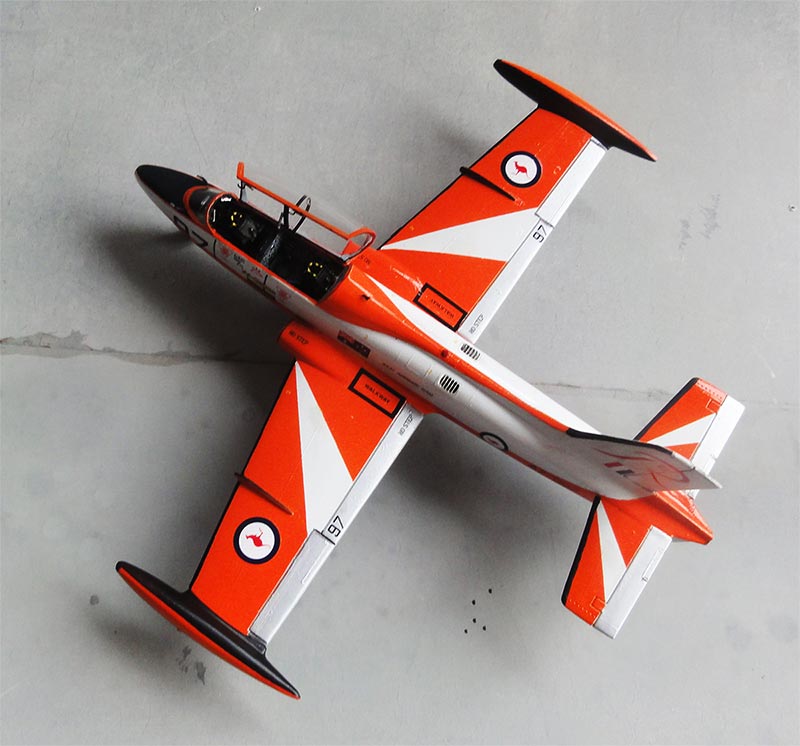
Australian Air Force demonstration team "the Roulettes" MB-326H, flown from 1970 - 1989

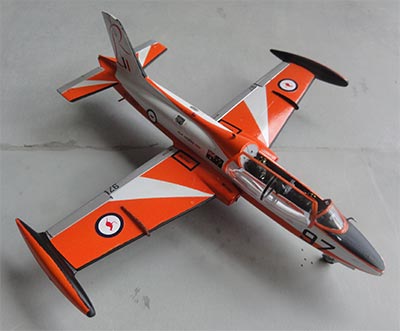


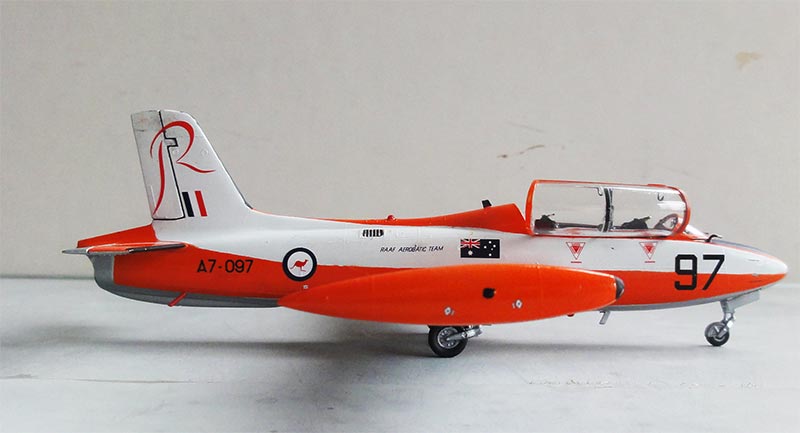
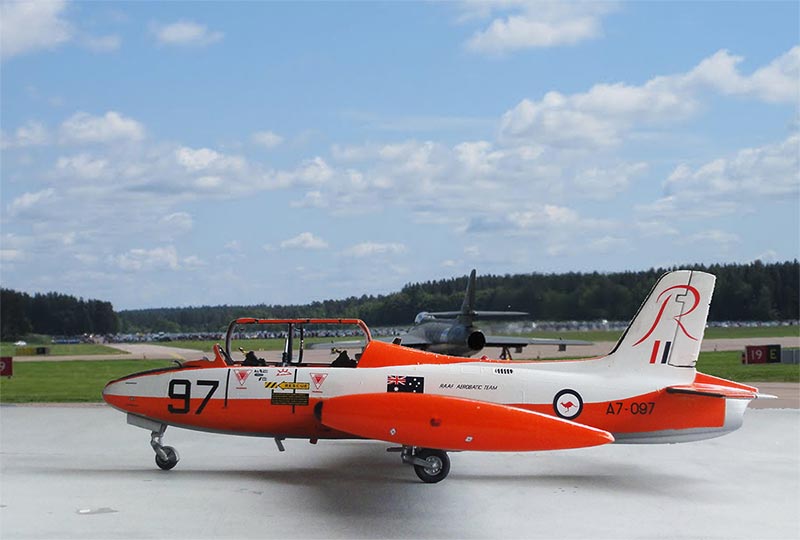
Another Italeri two seater kit #1308 was made, in a scheme of the Congo - Zaire air force. It was assembled rather straight forward as well as described above. I used the kit seats.

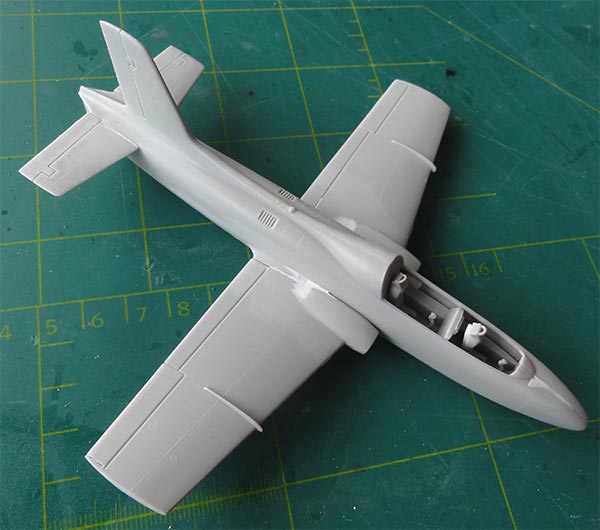
Colours airbrushed were a bit unclear. I opted to use similar as those for the Dubai Police Wing MB-326 (seen at page 1), so....
FS 34079 (Gunze Sangyo 309),
FS 30219 (Gunze Sangyo 310),
FS 36495 (Gunze Sangyo 338),
FS 34258 green (I used Gunze Sangyo 312),
Dayglow areas: Gunze Sangyo orange H14.
These acrylic colours obviously were after thinning with the Gunze Sangyo thinner airbrushed.
To prevent "silvering", a clear layer of Johnson Future (Pledge) acrylic was airbrushed. Next the decals were set on the model.
The Zaire Congo nationals markings came from the ZOTZ set ZTZSP2 "Roundels of the World part 2" with the earlier style roundels.
The smaller stencils came from the kit decals. Serials and codes were found in the decal spares box.
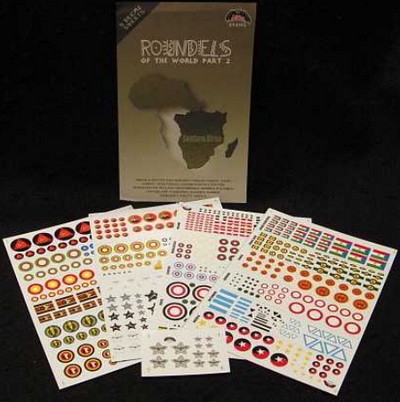
The undercarriages and smaller kit parts including the various antennas were installed. Inside the cockpit and canopy from tiny plastic bits details were added.
Finally, a semi-matt varnish, using a mix of Johnson Future with a few drops mixed in of Tamiya matting agent "Flat Base" X21 was airbrushed. That completed this MB-326 model of Zaire Congo.
ZAIRE CONGO
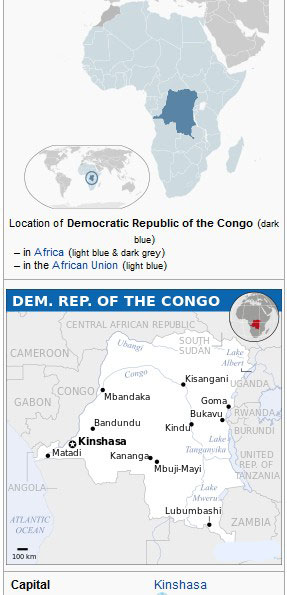


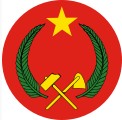

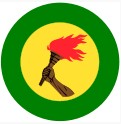

[ area: 2,345,000 km2 | population: 90 million | capital: Kinshasa | GDP USD 500,- per capita nominal ]
Congo was a Belgium colony which was Belgium King Leopold II own "personal property" until 1908. It was than a Belgian colony. Not a lot of internal development took place. In 1951 King Boudewijn of Belgium took over from his father Leopold who was forced to resign. Still, Congo was considered a sort of personal property of the Belgian Kingdom. Meanwhile in Congo the nationalist Lumumba attained support from the population for independence. After international pressure, Congo became independent July 1960. The United Nations (referred to as ONUC) assisted here to establish independence. The Force Aérienne Congolaise, or FAC) was set up. Some armed T-6 Texans were first used and the CIA supported the armed forces in the 1960s. In those days unrest remained and the local Katanga / Shaba region with large minerals (like Uranium) wanted to seperate, secretly supported by Belgian business men. Again the UN was involved with Swedish Saab J-29 Tunnan jets being deployed. Through a coup d état in Congo Mobutu seized power in November 1965 in Congo, still supported by the Belgians. Mobutu was real dictator that sat firmly in power.
In the air force T-28 Trojans arrived along with some transports like the DC-3 and DC-4 and Alouette III helicopters. Congo was renamed Zaire in 1971 and the air force was the Zaire Air Force (French: "Force Aérienne Zairoise", or FAZ).
Probably from 1975 about 35 MB-326GB aircraft from Italian Macchi were delivered over the years as wel as SF-260 proptrainers. Puma helicopters were also used. A dozen Mirage 5 jets were also acquired probably in the early 1980s but many of these crashed within a few years. Corruption is and remains a big problem. At the borders with neighbouring countries like Angola and Burundi and Rwanda there were also conflicts. Often from outside interventions took place from Belgian and French paratroopers. President and dictator Mobutu was kicked out in 1997, Kabila taking over. Mobutu fled to Togo and went to Morocco.
At the turn of this Century, Soviet MiG-23 and SU-25 attack aircraft along a dozen of Mil helicopters were acquired. Main bases are at Kinshasa N'Dolo, Kinshasa N'Djili and Kamina.
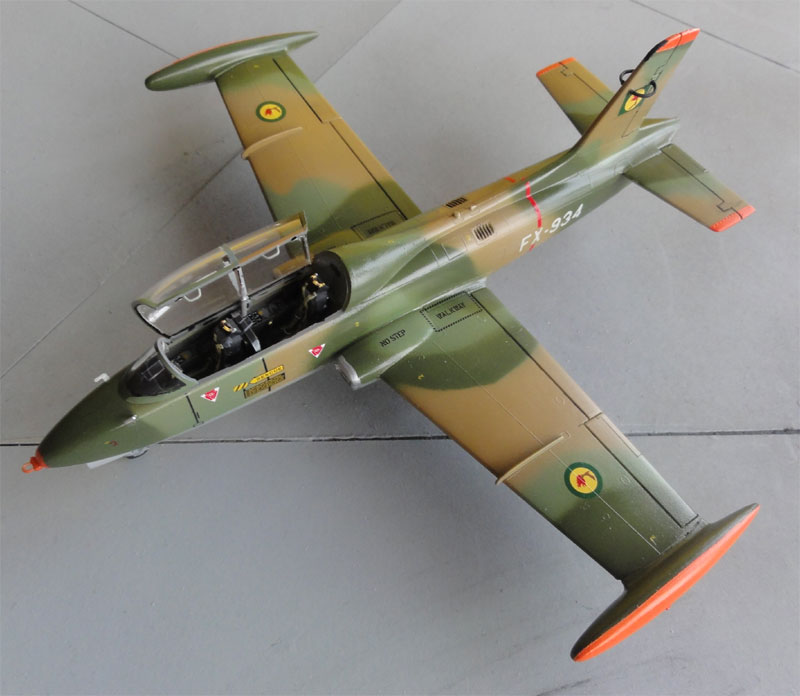
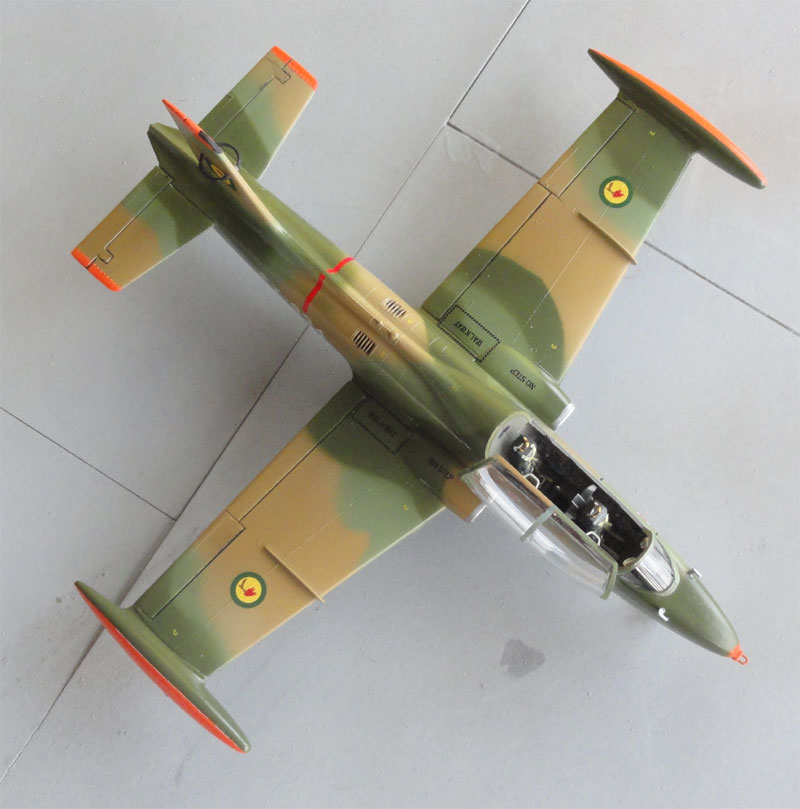
Zaire acquired 17 MB-326GB jets in the mid 1970s
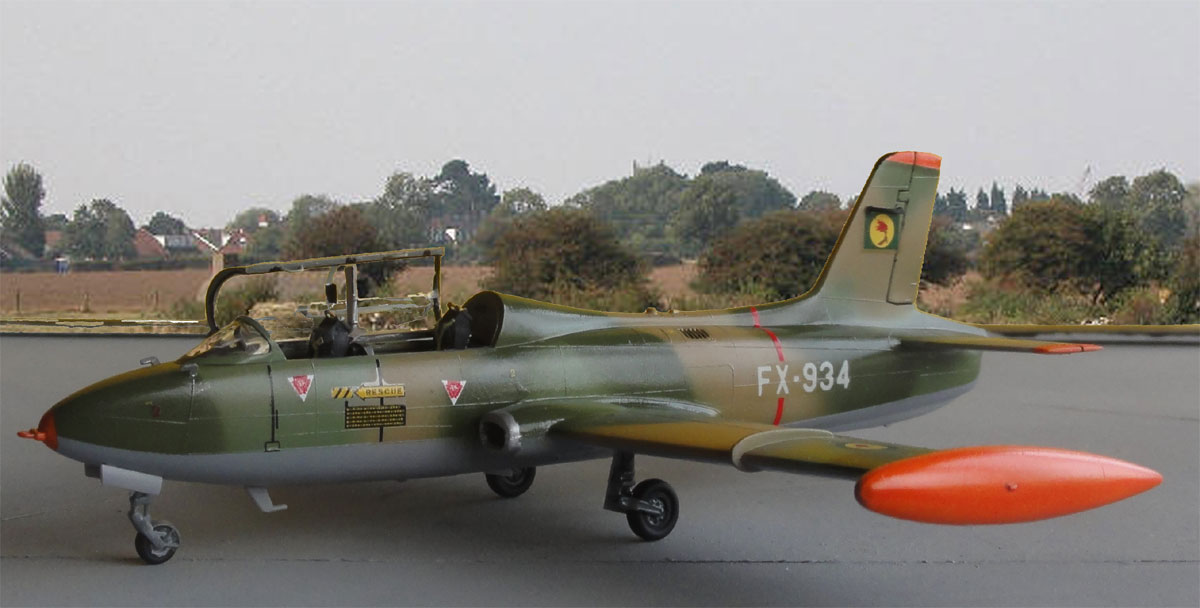
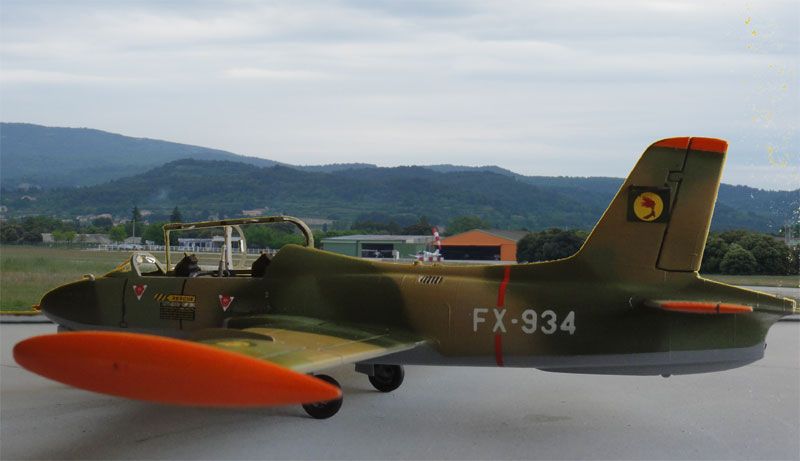
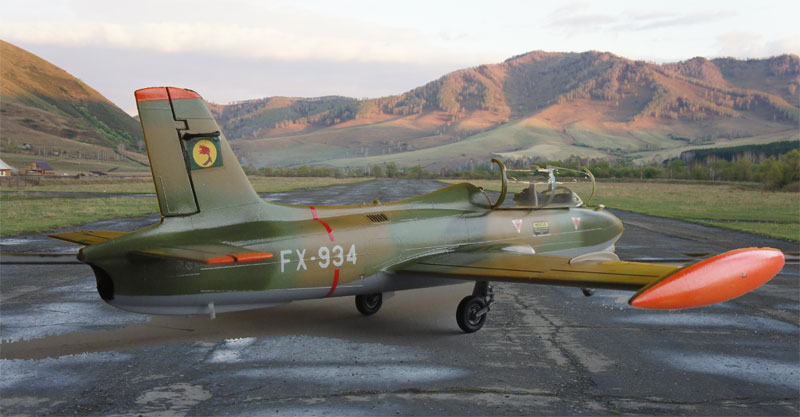
... at Kinshasa N'Djili airport:

courtesy Google Earth imaging
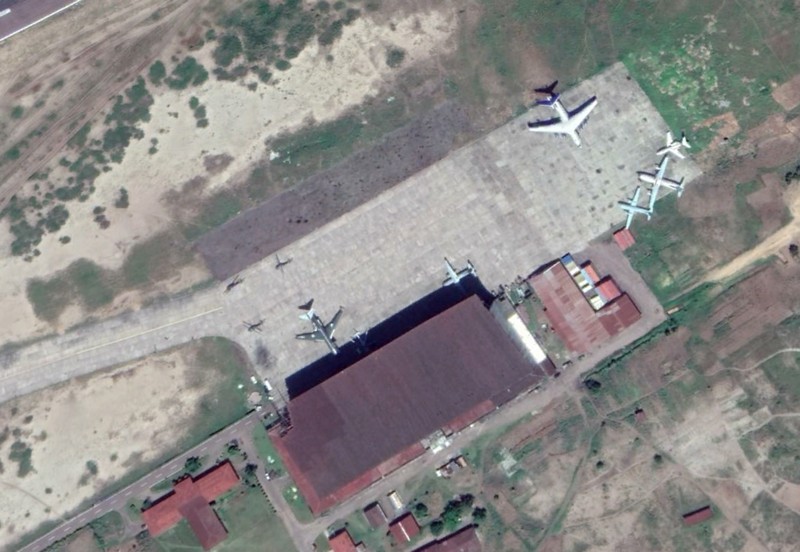
probably the military area
A nice addition in the World Air Forces Collection....
On to next [ Page 3... ]
Back to 1/72 Models
(c) Copyright Meindert "designer"/ All rights reserved. Your comments are welcomed by webmaster
Created December 5, 2017